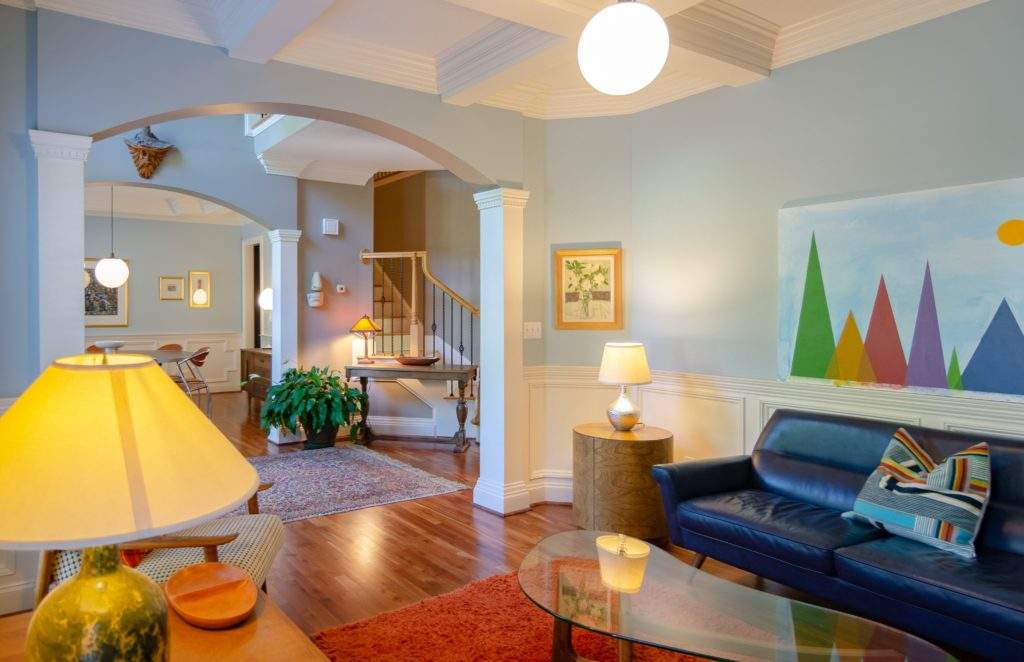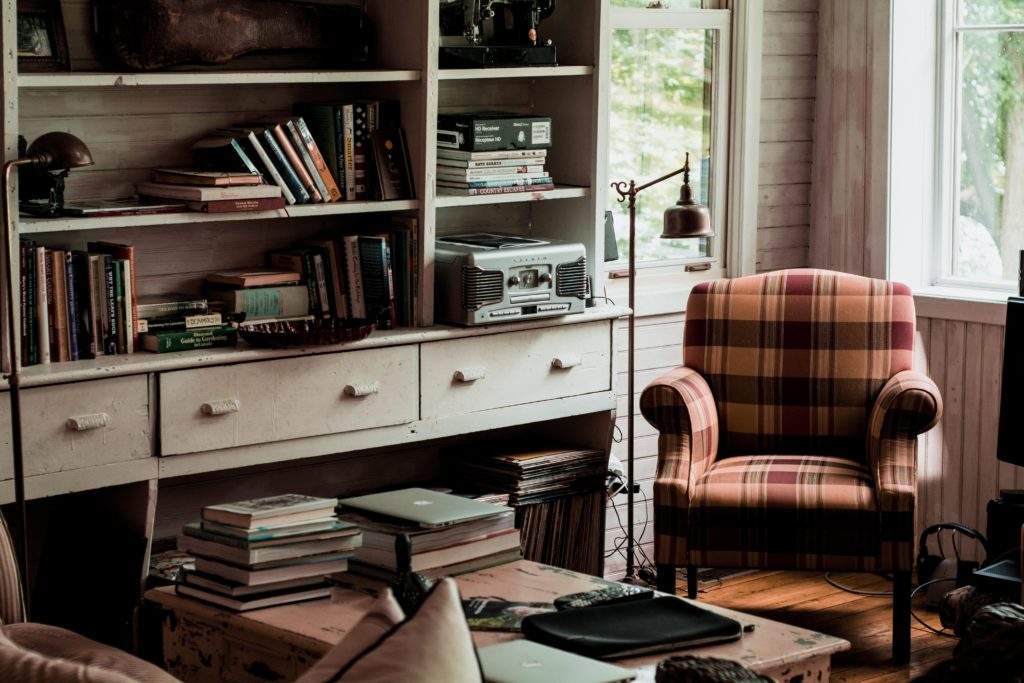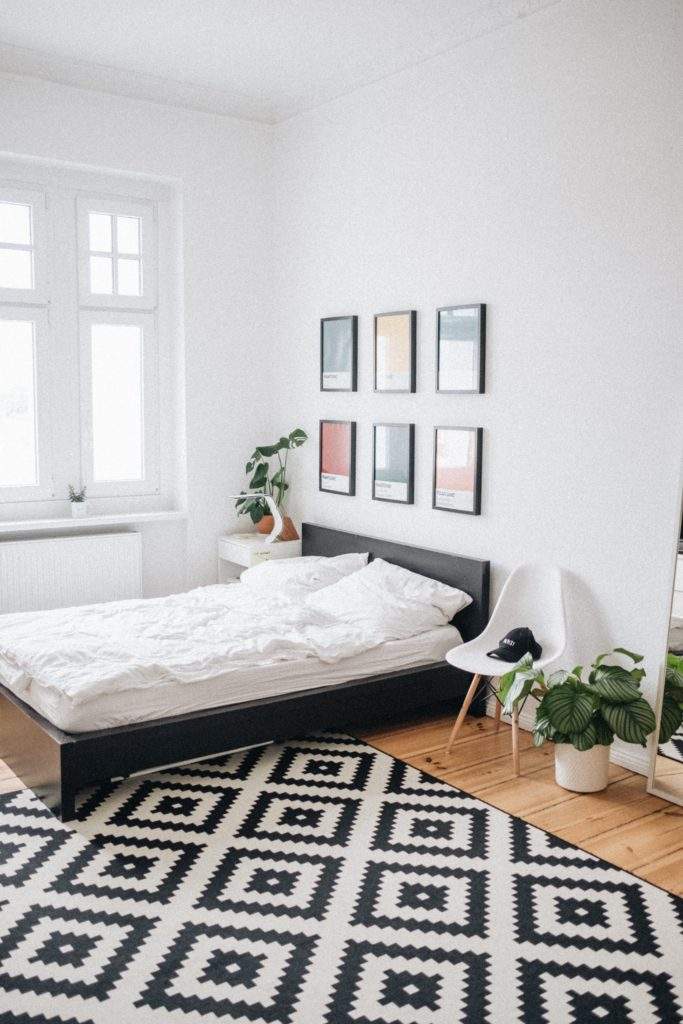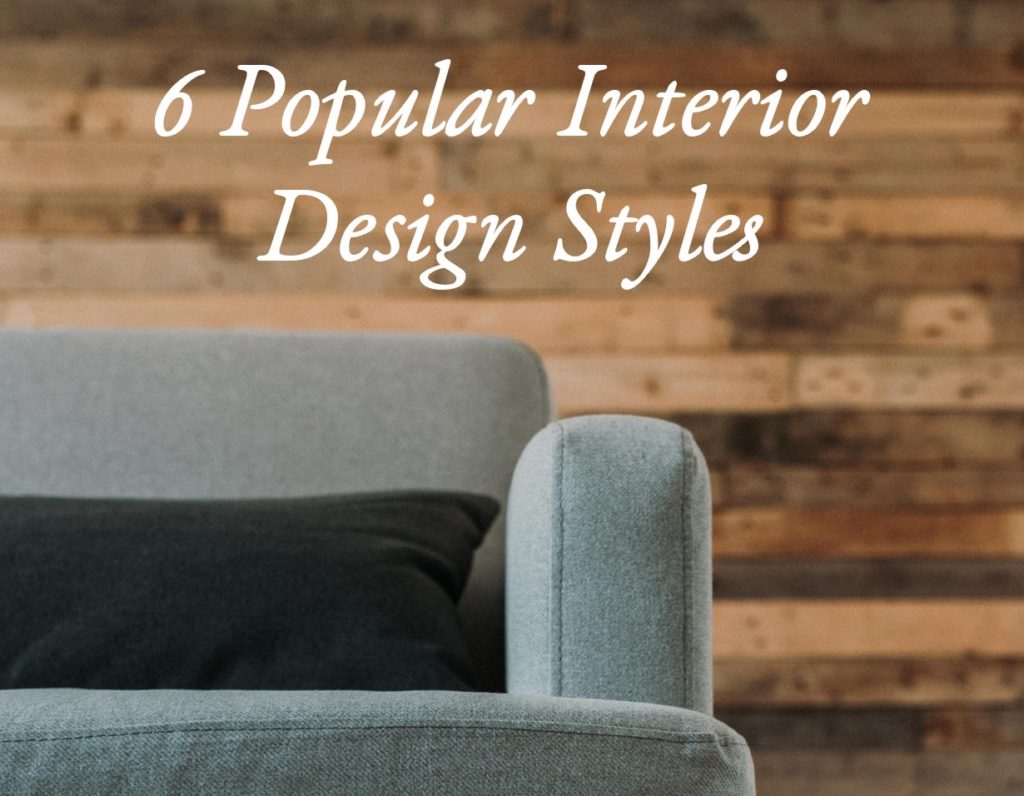It’s easy to get lost in what separates one interior design style from from another. Here at LJ Interiors, we will soon be implementing a feature which allows our clients to choose what style suits their projects so we can pair them with the perfect designer to match their specifications. In a lead up to this, we’ve decided to highlight and define six different interior design options available for choice in this feature.

Modern
Modern and contemporary interiors are often confused or believed to be the same thing. While they do have similarities, the difference is that contemporary is ever changing with the times and reflects what it most popular at the present, inspired by the past while focusing on future trends. Contemporary interiors draws a lost from modern interiors, which originated during the same time as the modernist art movement.
Modern interiors are the polar opposite of a traditional Victorian or Gothic style. Things you can expect in a modern room would

Eclectic
Eclectic interiors are for those who can’t decide on one particular style, or dislike the idea of conformity in their home. Contrasting from minimalism, eclectic homes often take the ‘maximalism’ approach that the more, the merrier.
Often identifiable by the mixture of old and new designs calling back to various eras, combining contrasting colours that you might not think would work together, and using interesting shapes in the décor so that no corner of the room feels the same. If you can’t decide whether you prefer an antique or modern approach, why not go for both? With that in mind, if the eclectic is what you have in mind, then we advise the expertise of an interior designer, as combining contrasting styles and colours on your own could lead to a design that doesn’t match up to what you have in your head. It’s a hard balance between incoherent and intentional. That’s where professionals come in handy.

Traditional
Traditional interior design is an umbrella term for the old-school European interior styles that modern interior design opposes. If you want something that channels the vintage aura of an era far gone that helps make any room feel lived-in and exuding personality, or if you find the conformity of modern or minimalistic styles to be too restrictive, traditional interior design is likely your preference.
Common features found in traditional homes include dark and varnished woods, built-in cabinets filled with trinkets, wood flooring, antique décor and accessories, and rich colour palettes. Furnishings often feature fabrics such as velvet, silk, and cashmere, and décor comes in a variety of shapes and sizes, unlike what you’d expect in more contemporary designs of the 21stcentury.

Scandinavian
While traditional interior design draws from the old-school European styles, Scandinavian takes you further north, to the Nordic regions, where life is supposed to be simpler and a home is made to be a reflection of a more calming society. Made popular by the worldwide spread of IKEA, Scandi décor is no longer limited to the snowy regions of northern Europe – it can now be found in homes across the globe.
There are multiple reasons why Scandinavian furniture is so popular. Affordable prices for efficiently designed products is one, but there’s also an undeniable calming energy the décor provides. Best suited in

Bohemian
If you’ve heard of boho fashion and way of life, then you can imagine what bohemian interior design is like. Channel the vibe of travellers, hippies, and artists, bohemian interiors give off a carefree air. If you’re the sort of person who subscribes to that way of life then reflecting that attitude in your home makes perfect sense.
The very nature of the bohemian way of life means there aren’t many rules to follow, but there are some similarities you’ll find in these homes. Exciting patterns in rugs, throws, and carpets, as well as vintage furniture from a bygone

Minimalist
Originating from Japan in the 20thcentury where the balance of space and furniture is just as vital as a clutter-free life, minimalism follow the often-quoted mantra of: “less is more”. By removing everything that isn’t required, you’re left with the essentials in your life. While this may seem like a sacrifice to some, it appeals to those who wish to take the modern interior design approach a step further.
Having no mess is one key to a minimal living space, but there are others to consider, such as straight, clean lines that bring a sense of uniformity to any room; streamlining of appliances so wires are all hidden and TVs only appear when you need them; sticking to white as a main colour with black to contrast, and the occasional pop of colour to help your living room feel less like a museum; and finally, as much lighting as possible – whether natural or from ornately designed lamps, you want to keep your open space bright and attractive.







